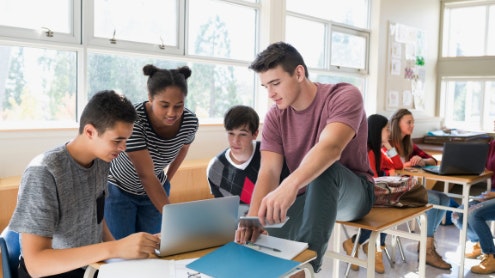Homepage
•
Learning Library
•
Blog
•
Fine-Tuning Your PBL Projects
Expand breadcrumbs
Expand breadcrumbs
- Learning Library
- Blog
- Fine-Tuning Your PBL Projects
- Homepage
- •
- Learning Library
- •
- Blog
- •
- Fine-Tuning Your PBL Projects
Fine-Tuning Your PBL Projects
By Myla Lee and Suzie Boss
March 3, 2021








